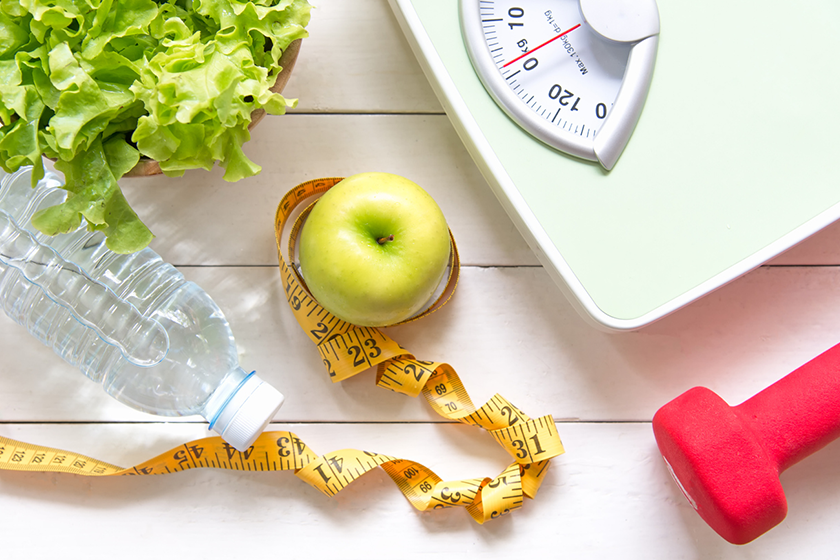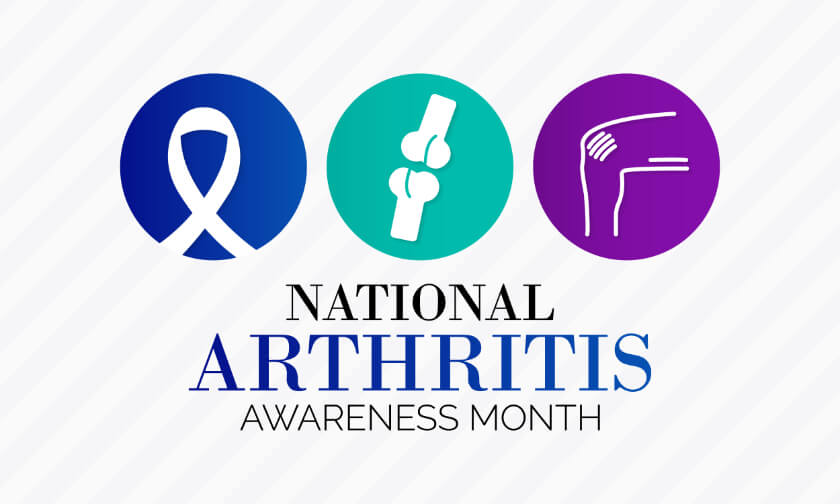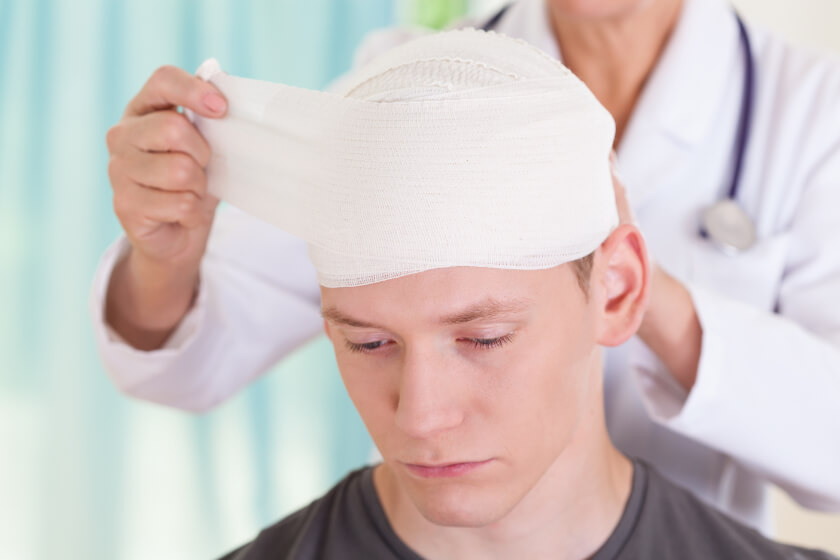What is an arthrogram?
An arthrogram is a special type of diagnostic imaging procedure that uses special dyes or “contrast agents” to highlight the soft tissues that comprise the interior structure of the joint so they can be x-rayed. Joints are made up of many different components, including bone, cartilage, ligaments and tendons. While traditional x-rays can be used to see bone, arthrograms are designed to view the other components of a joint – the “articular tissues” – so they can be assessed for damage due to trauma or disease.
When is an arthrogram performed?
Arthrograms are primarily used to identify the cause of unexplained joint pain, stiffness and other joint-related symptoms. Because they use a special contrast dye to highlight soft tissues as well as bones, they can be used to locate cysts and other abnormal growths within the joint space, look for damage like rotator cuff tears that may not show up easily on other types of imaging tests, and identify problems within the joint capsule itself. Arthrograms can be performed alone, or they may be conducted as part as a more extensive series of imaging tests that include traditional x-rays, MRIs or CT scans.
What happens during an arthrogram?
Before the procedure, you’ll need to remove your jewelry or any metal objects near the joint that’s going to be imaged. The area will be cleansed and a local anesthetic will be injected to numb the upper layers of tissue and minimize discomfort. A needle will be used to inject the contrast agent into the joint space. A small amount of joint fluid may be removed first to “make room” for the dye. The fluid can also be sent to a lab for evaluation to check for signs of disease. An x-ray performed during the procedure will confirm the dye is injected into the proper spot. In some cases, air may be injected along with the dye.
Once the dye is injected, the needle will be removed. As images are taken, you may be asked to move your joint to help the dye reach every part of the joint and also to make sure the images show the joint in its full range of motion. Once the procedure is complete, you’ll be able to go home. Avoid strenuous activity for one or two days, and use ice and over-the-counter pain medication to relieve any mild discomfort you may feel. In most cases, discomfort will resolve within a day or so. A bandage may also be applied to help reduce swelling in the initial stages of healing. Most arthrograms take about 30 to 60 minutes to perform. To learn how to prepare for an arthrogram, download the .pdf below.
Arthrograms provide important information about the structure and function of your joints, and they can play an important role in diagnosing the causes of joint pain and the extent of joint damage. RAI specializes in techniques developed to provide superior imaging so you can feel confident about your results. To learn more about arthrograms or to schedule an appointment, call our office today at 609-585-8800.
Available Locations
Preparation Instructions
-
-
- There is no special preparation for this exam.
- Bring your prescription and insurance card.
- Bring all previous imaging/radiology studies and reports (that were not done at RAI) relating to your current study.
- For additional Information please call (609) 585-8800 and press 5.
-





